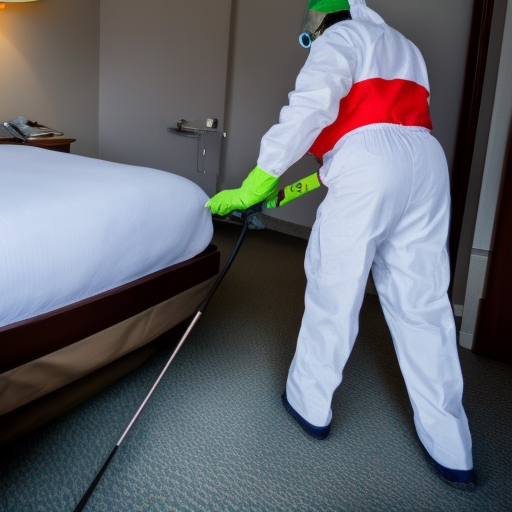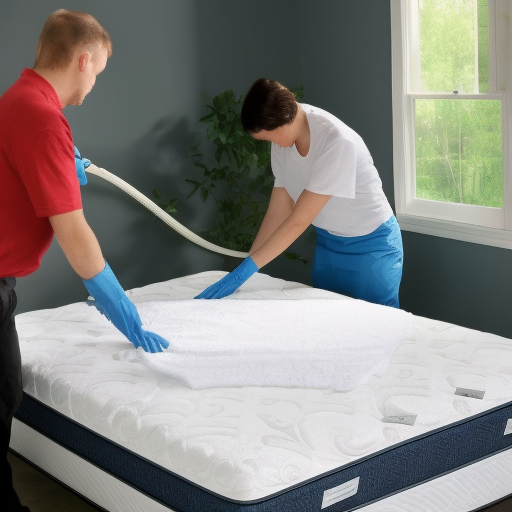Can you get bed bugs by helping someone move
Have you ever been asked by a friend or family member to help them move to a new home? It can be a big undertaking, but you probably don’t want to turn down the request for help. However, have you ever thought about the potential risks of helping someone move, specifically the risk of getting bed bugs?
What are bed bugs?
Bed bugs are small, oval-shaped insects that feed on the blood of humans and animals. They are reddish-brown in color and are about the size of an apple seed. Bed bugs are attracted to warmth and carbon dioxide, so they are often found in beds, where they can easily access their food source.
How do you get bed bugs?
Bed bugs are excellent hitchhikers and can easily be transported from one location to another on clothing, luggage, and other personal items. They can also be introduced to a new environment through secondhand furniture or other items that have been infested. This is where the risk of getting bed bugs while helping someone move comes into play.
How do you prevent getting bed bugs while helping someone move?
If you have been asked to help someone move, there are a few precautions you can take to reduce the risk of getting bed bugs:
- Inspect the furniture and other items before moving them. Look for small, reddish-brown insects or tiny black spots on the surface of the items. These could be signs of a bed bug infestation.
- Wear protective clothing. Long sleeves and pants can help prevent bed bugs from coming into contact with your skin. You may also want to wear gloves to protect your hands.
- Use plastic bags to transport clothing and other personal items. This will help prevent bed bugs from hitchhiking on your belongings.
- Wash and dry your clothing and other personal items on a high heat setting after the move. This will help kill any bed bugs that may have made their way onto your items.
By following these precautions, you can reduce the risk of getting bed bugs while helping someone move. It’s always better to be safe than sorry, so don’t hesitate to take these steps to protect yourself and your home.






